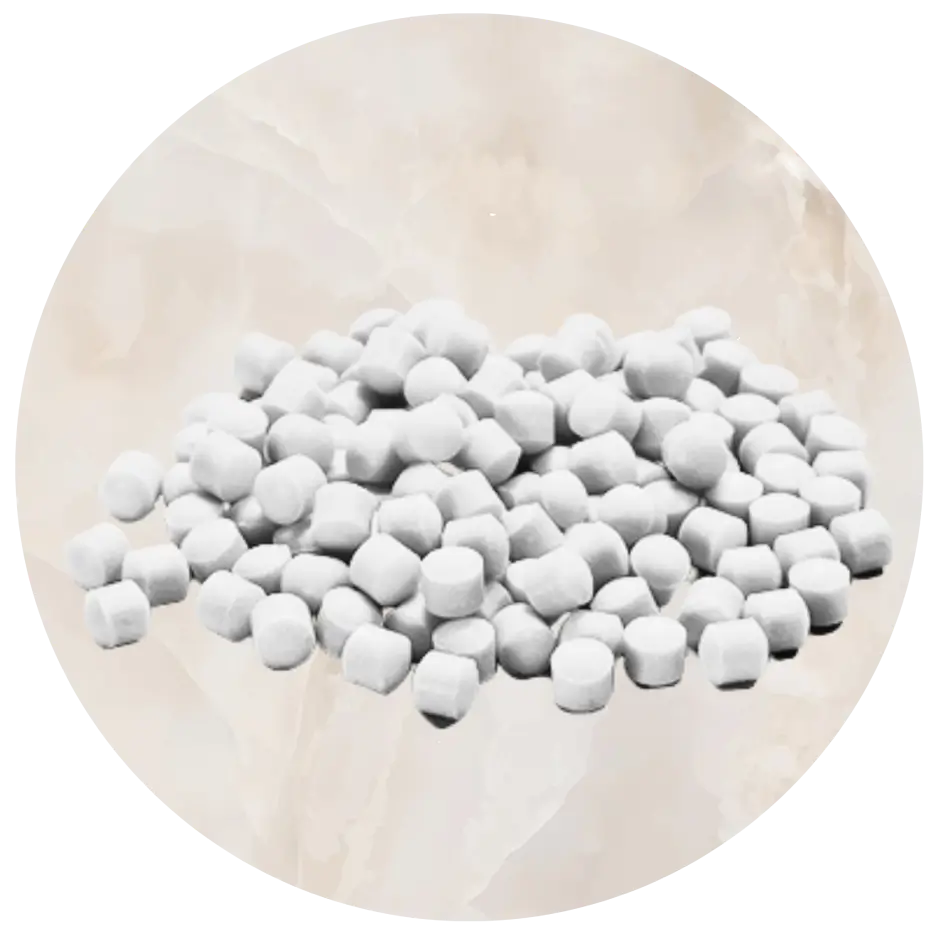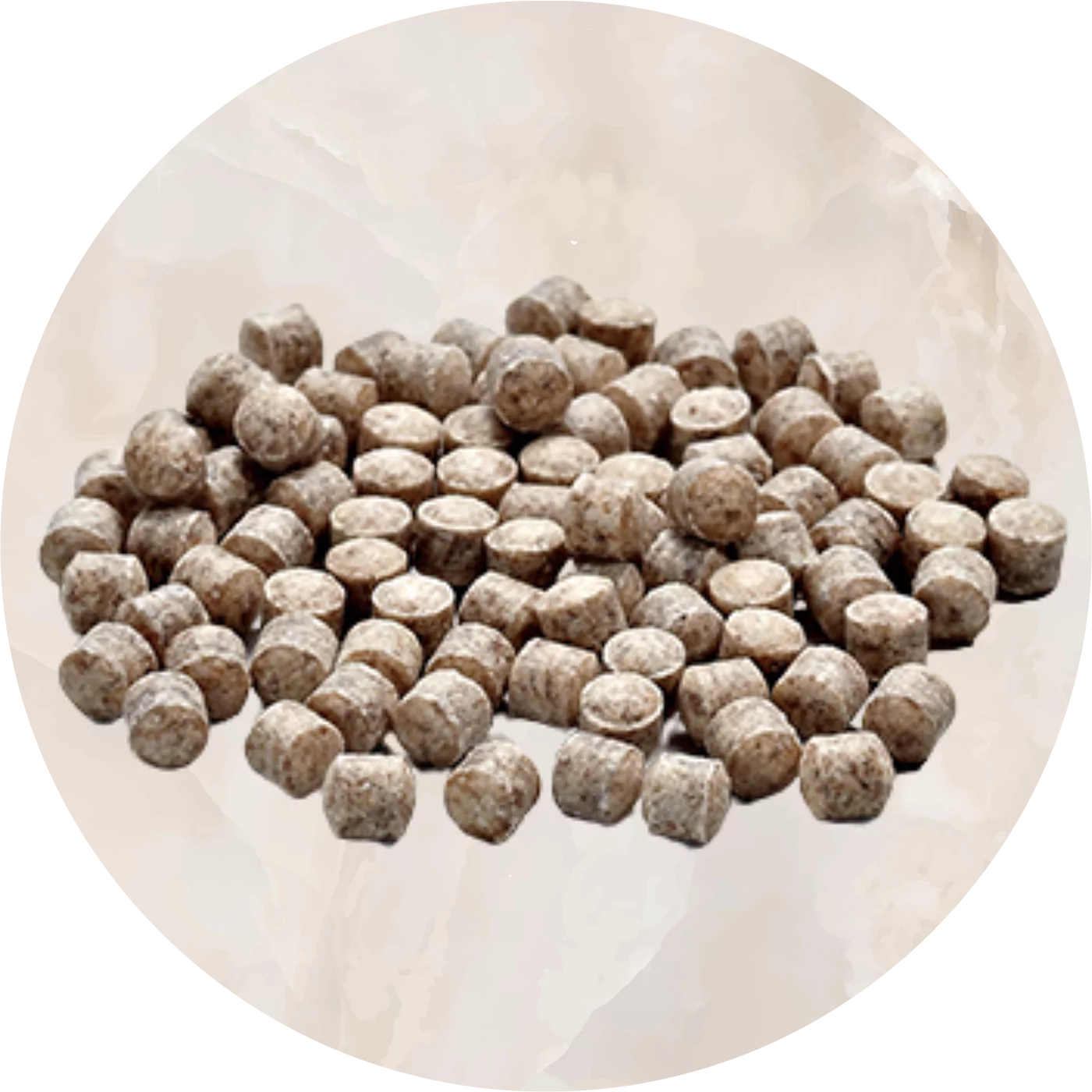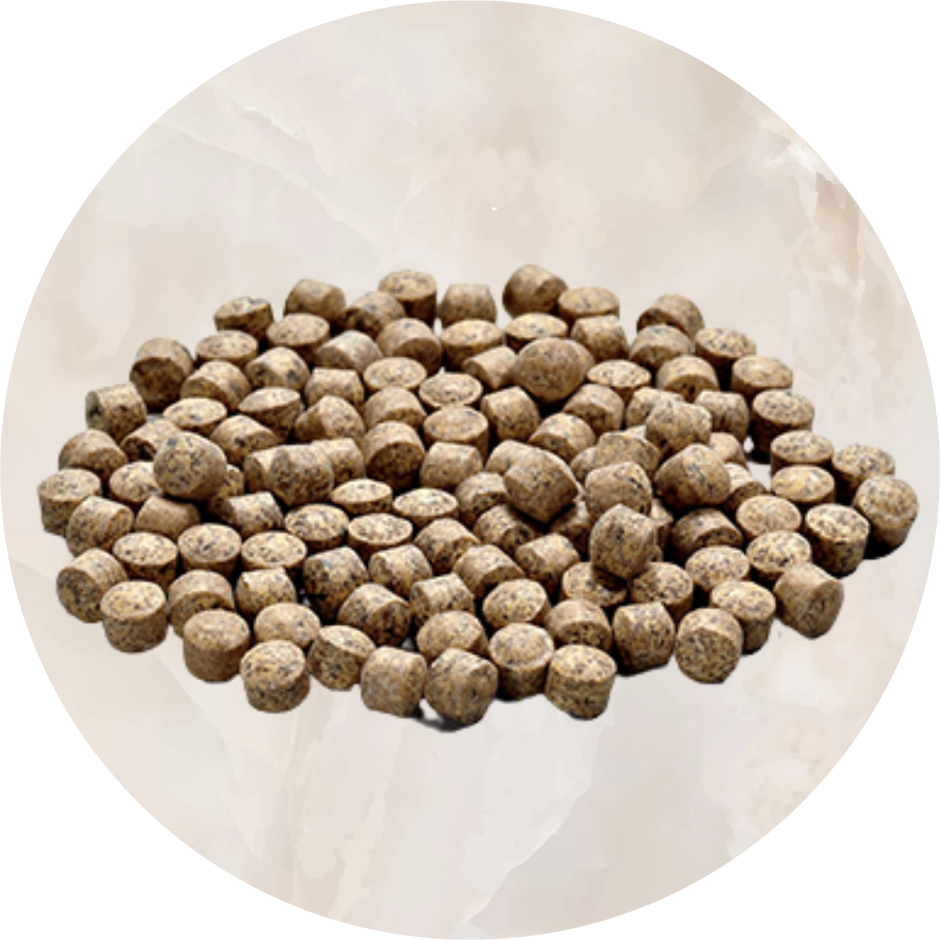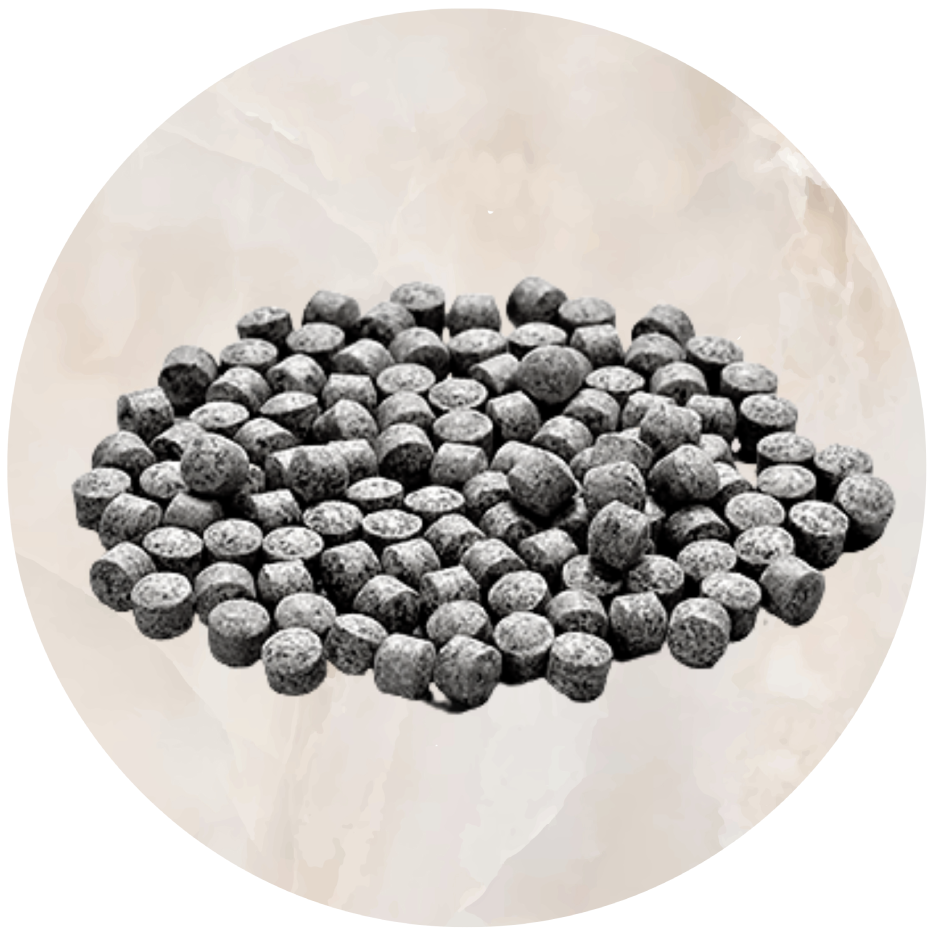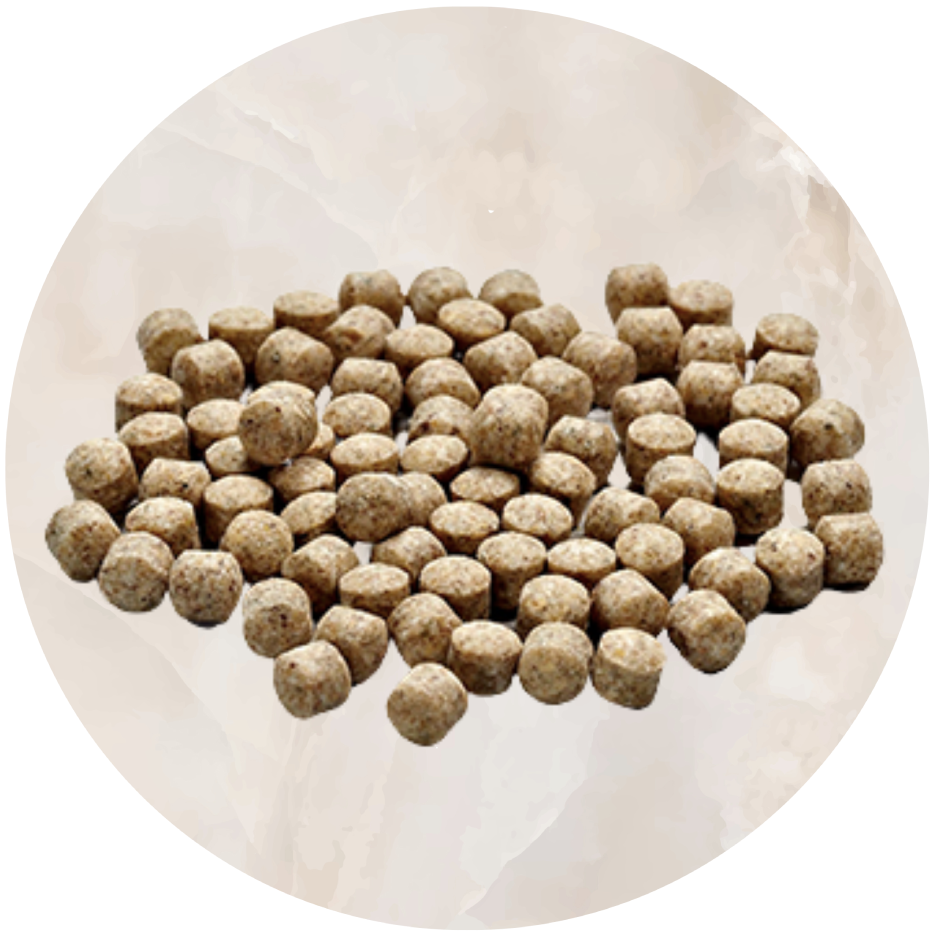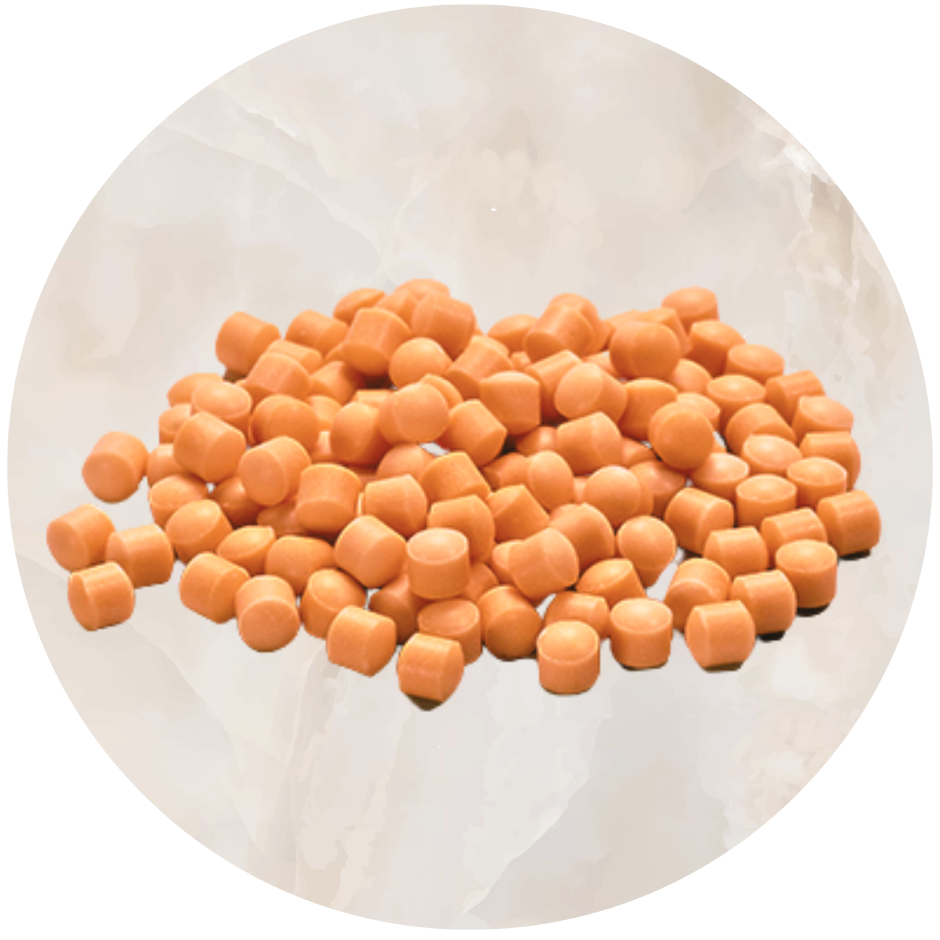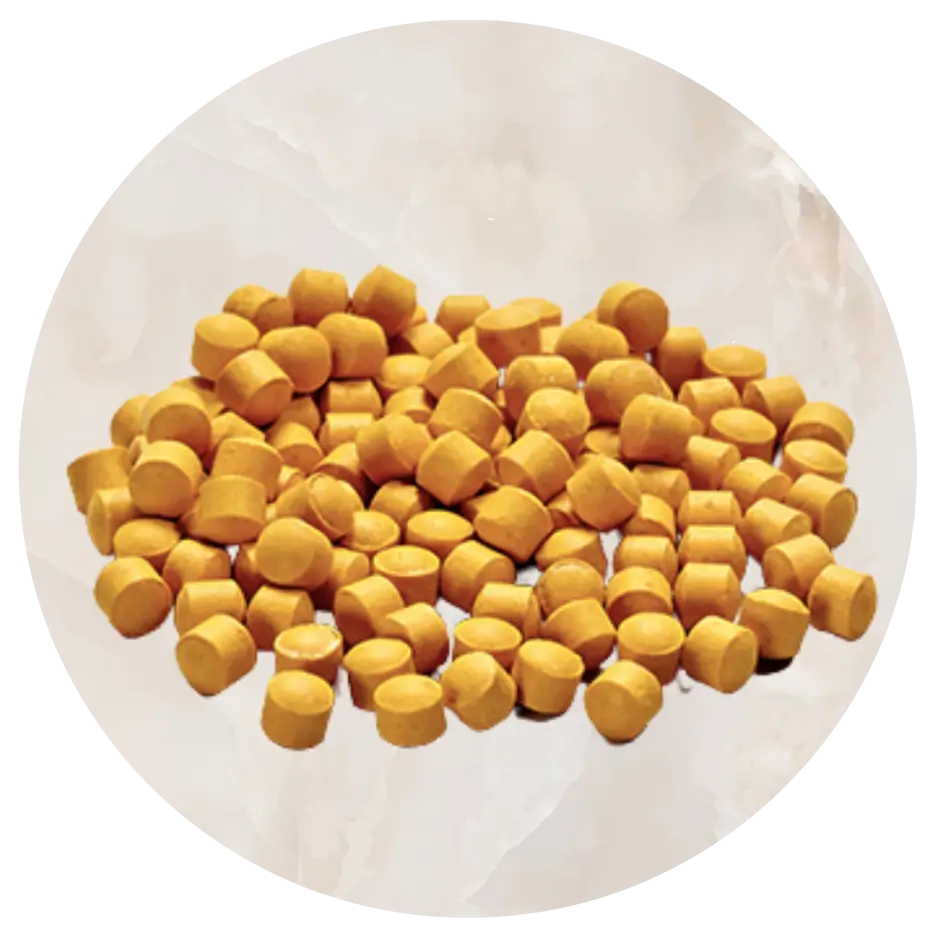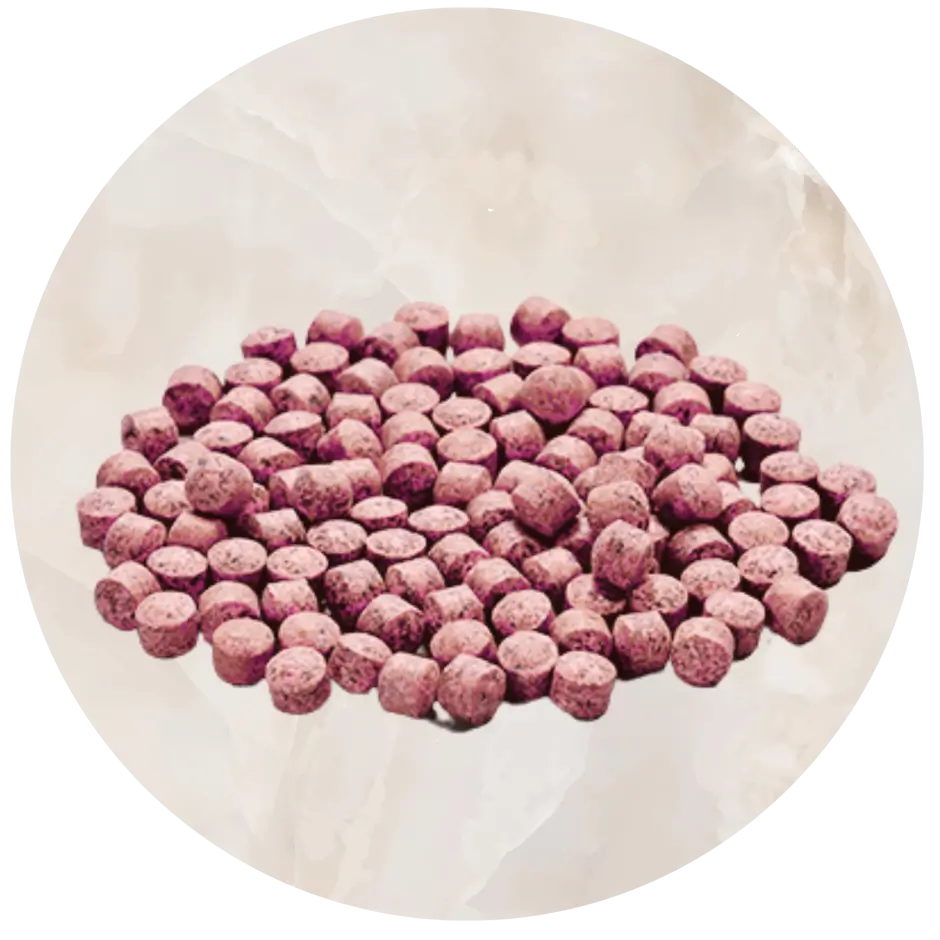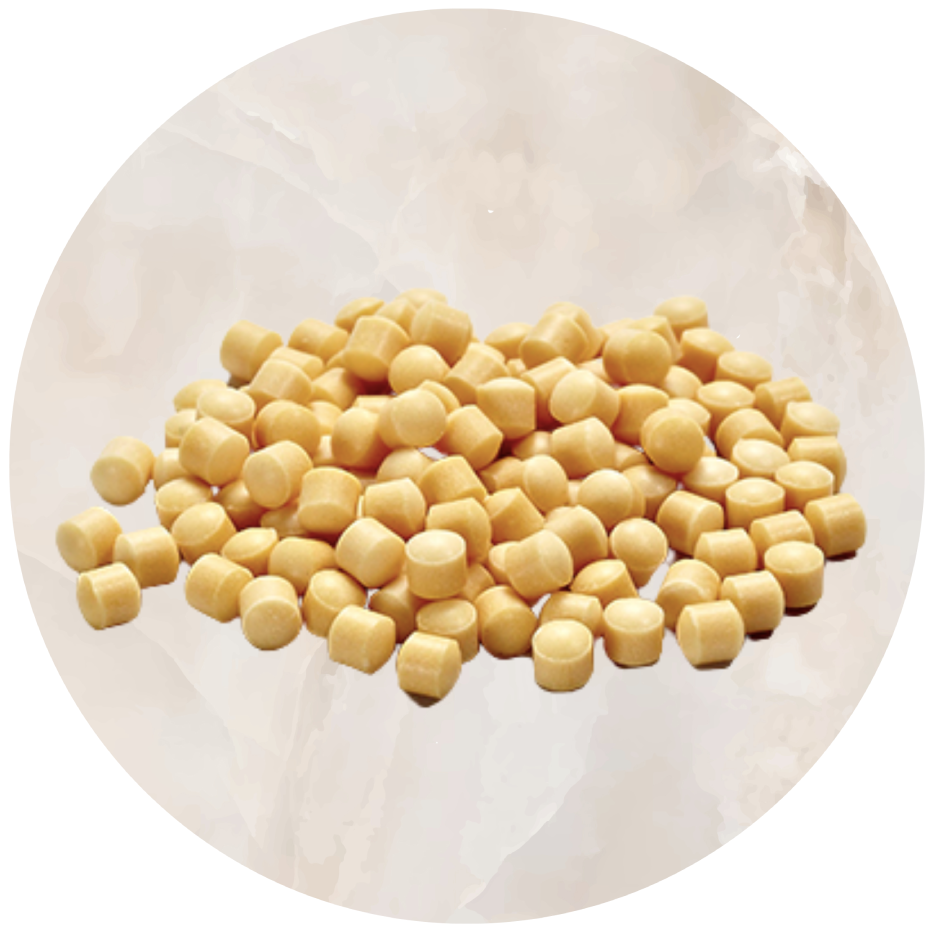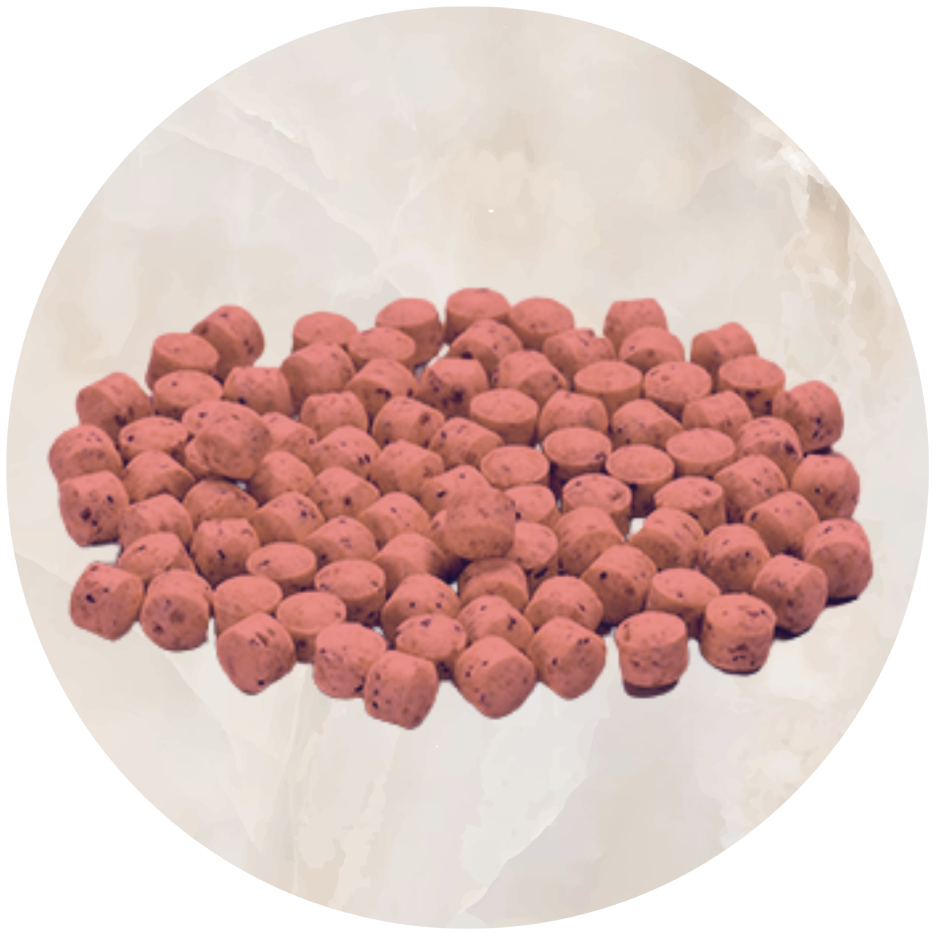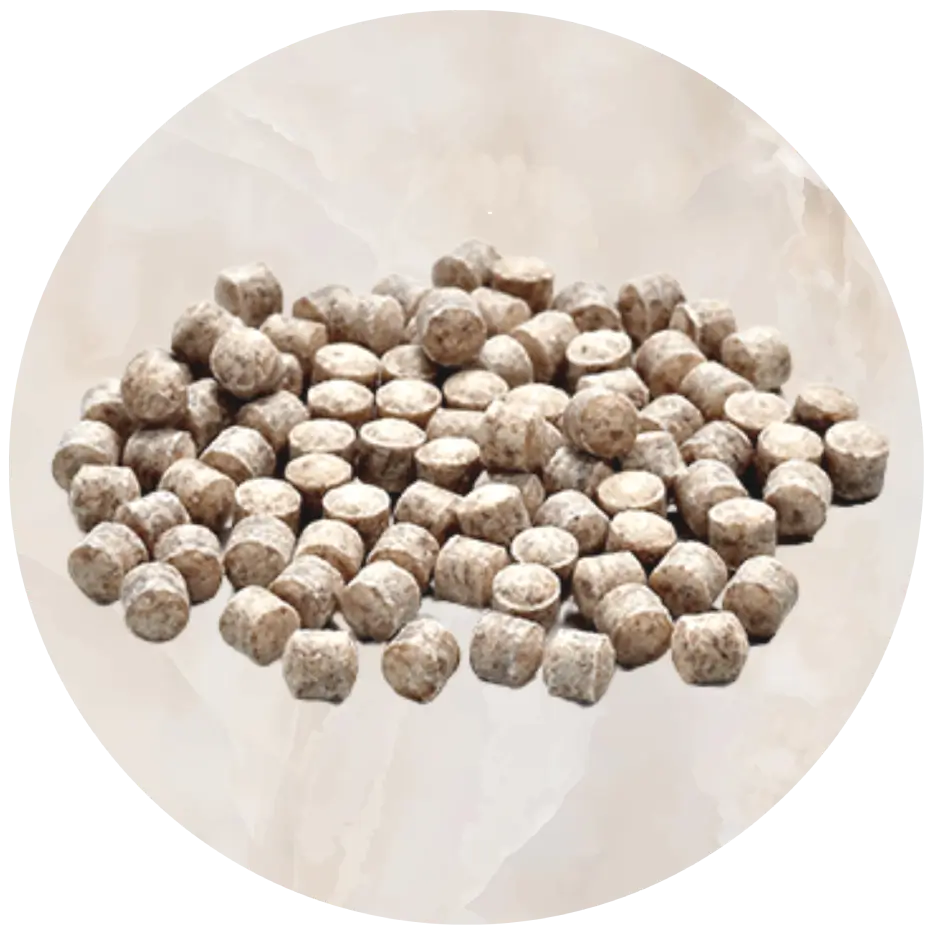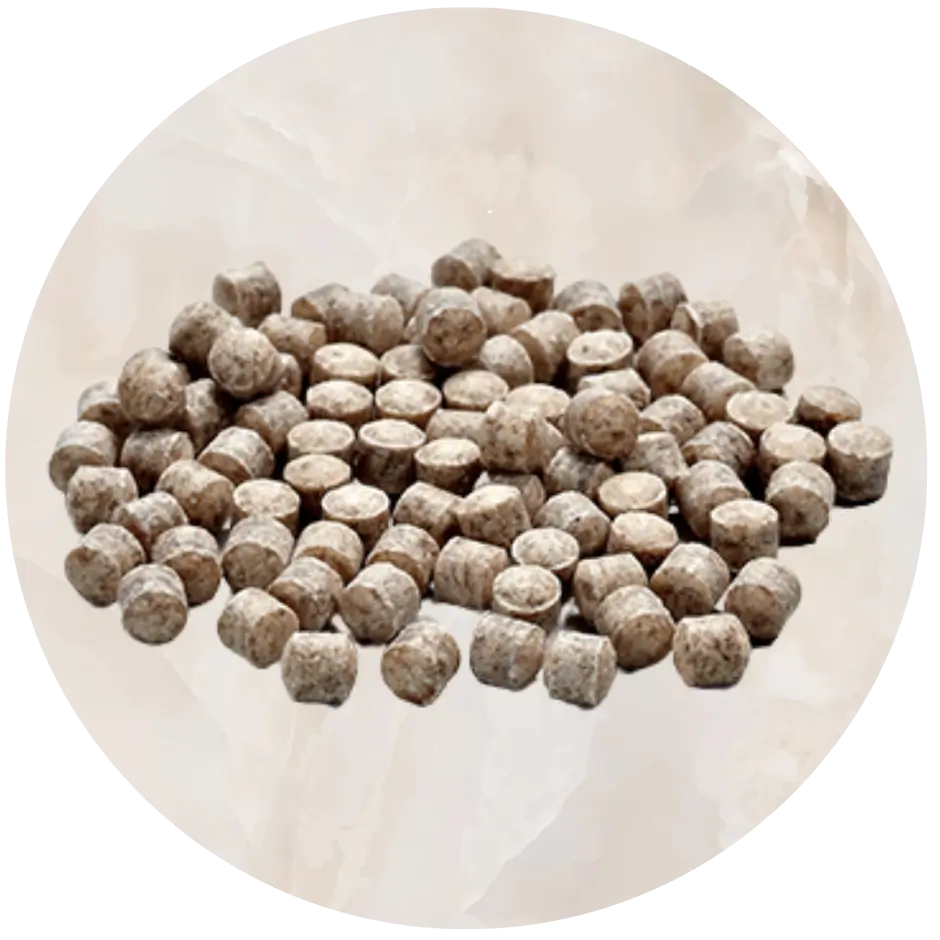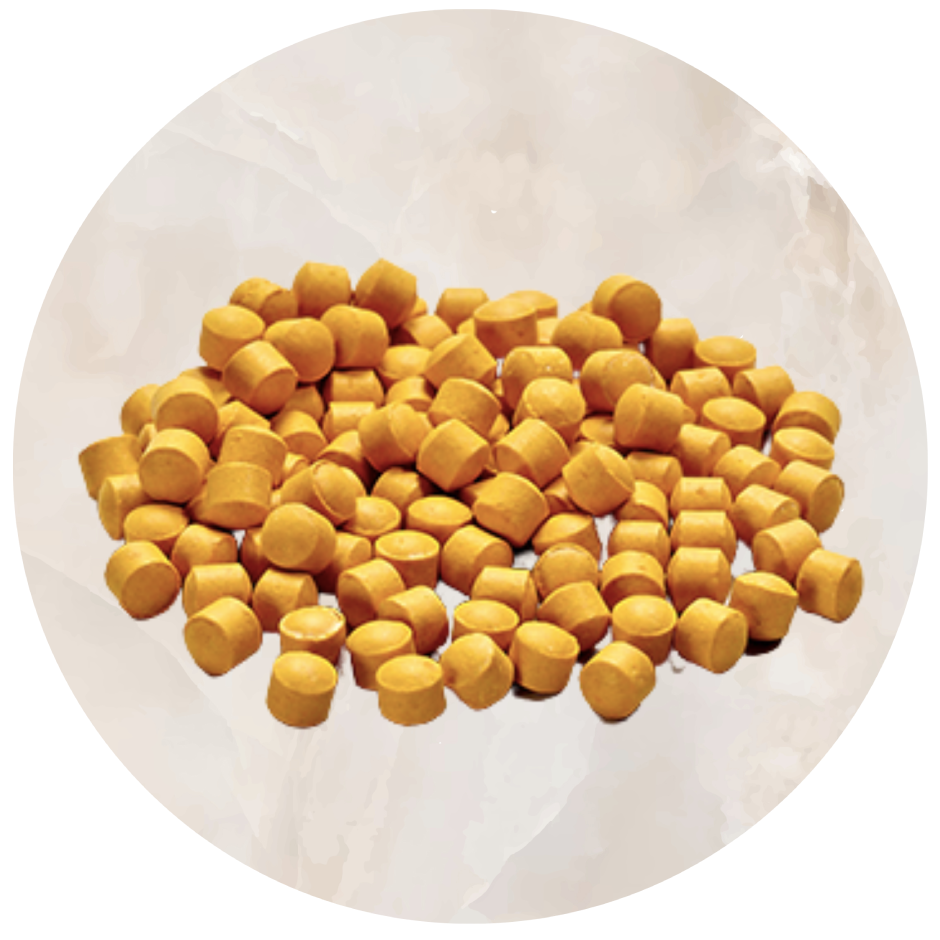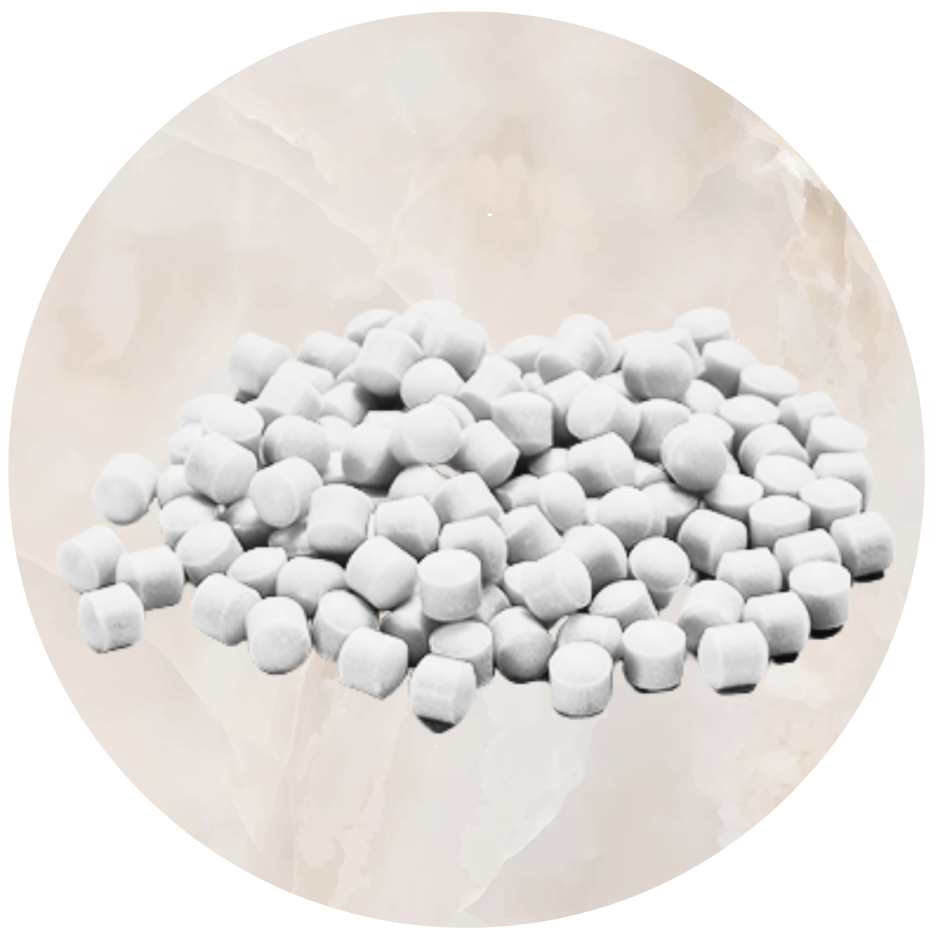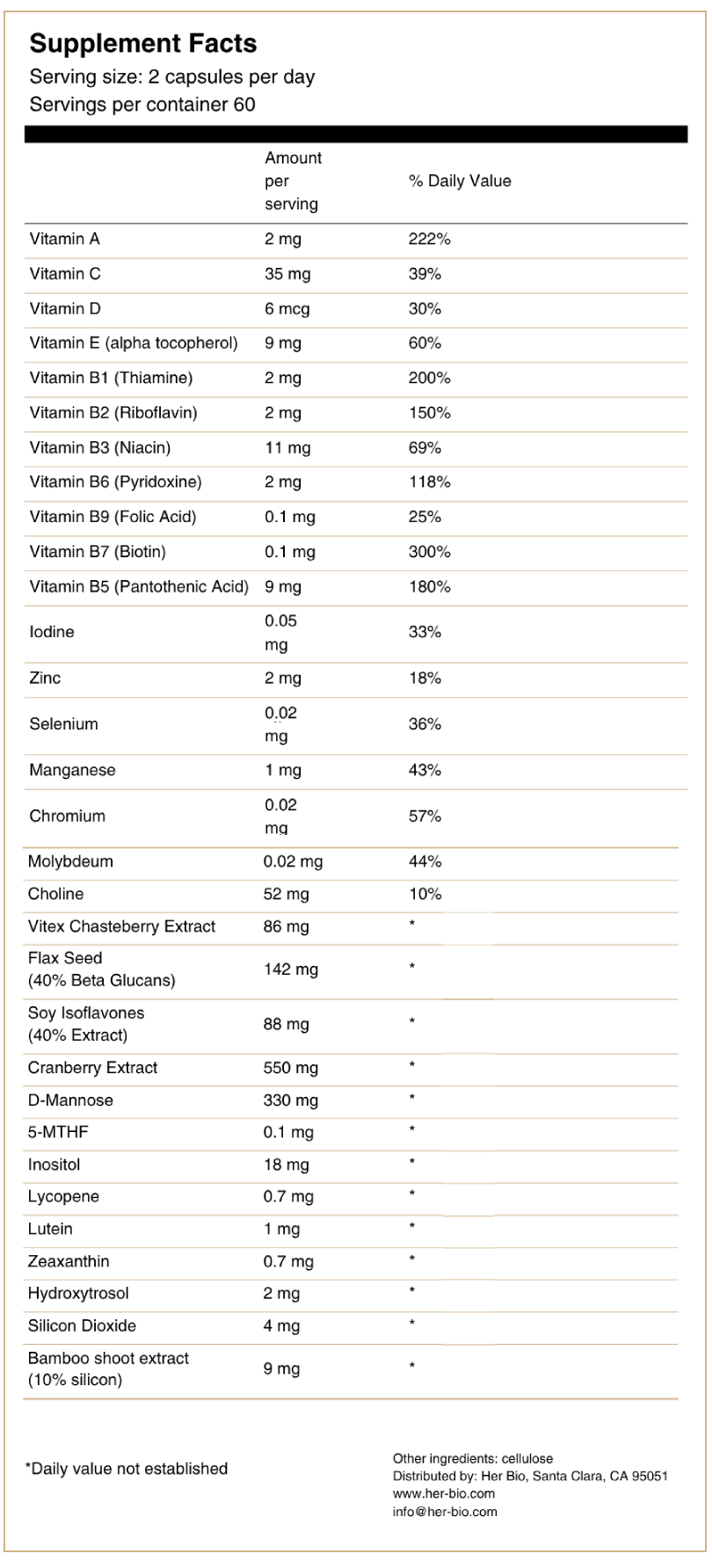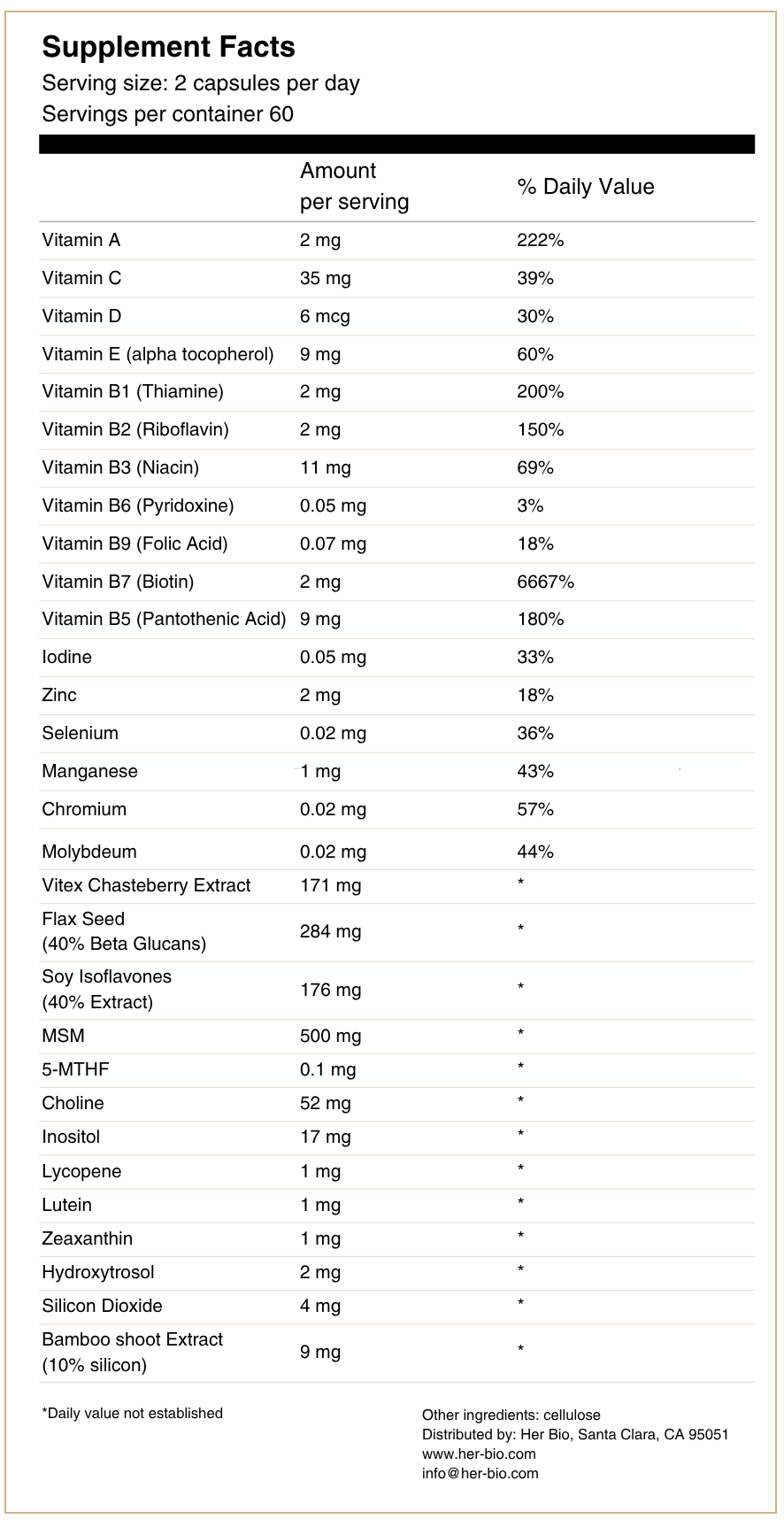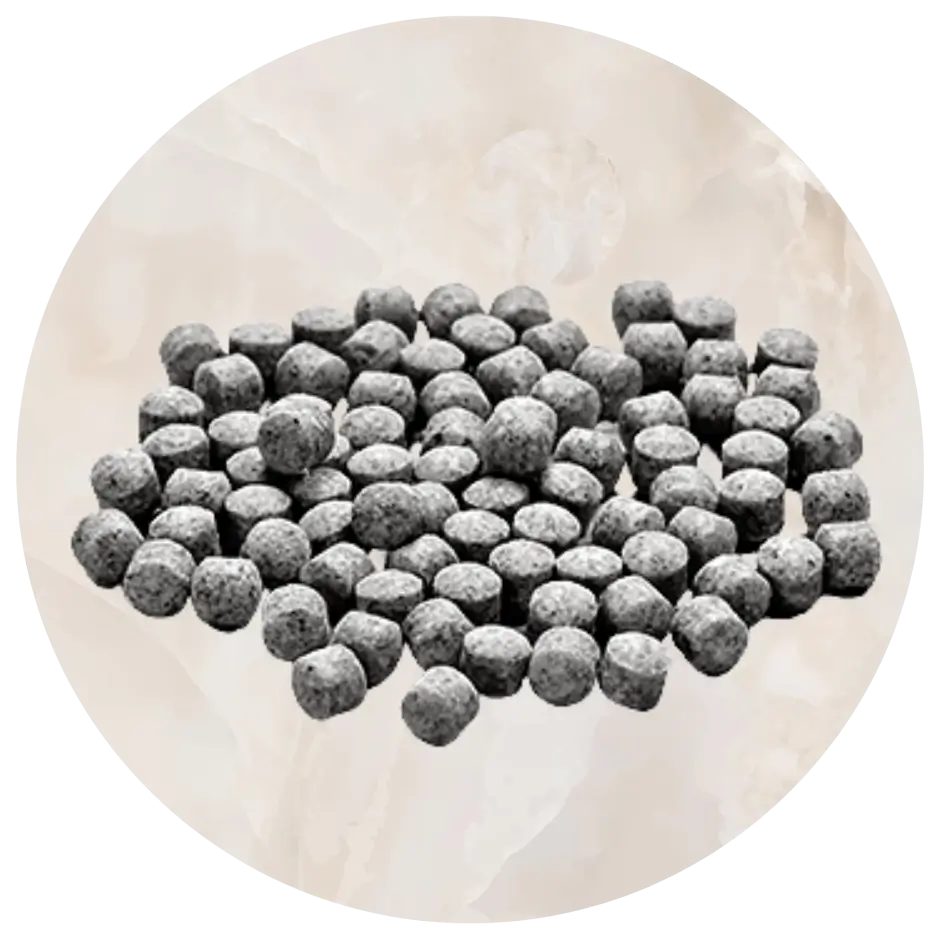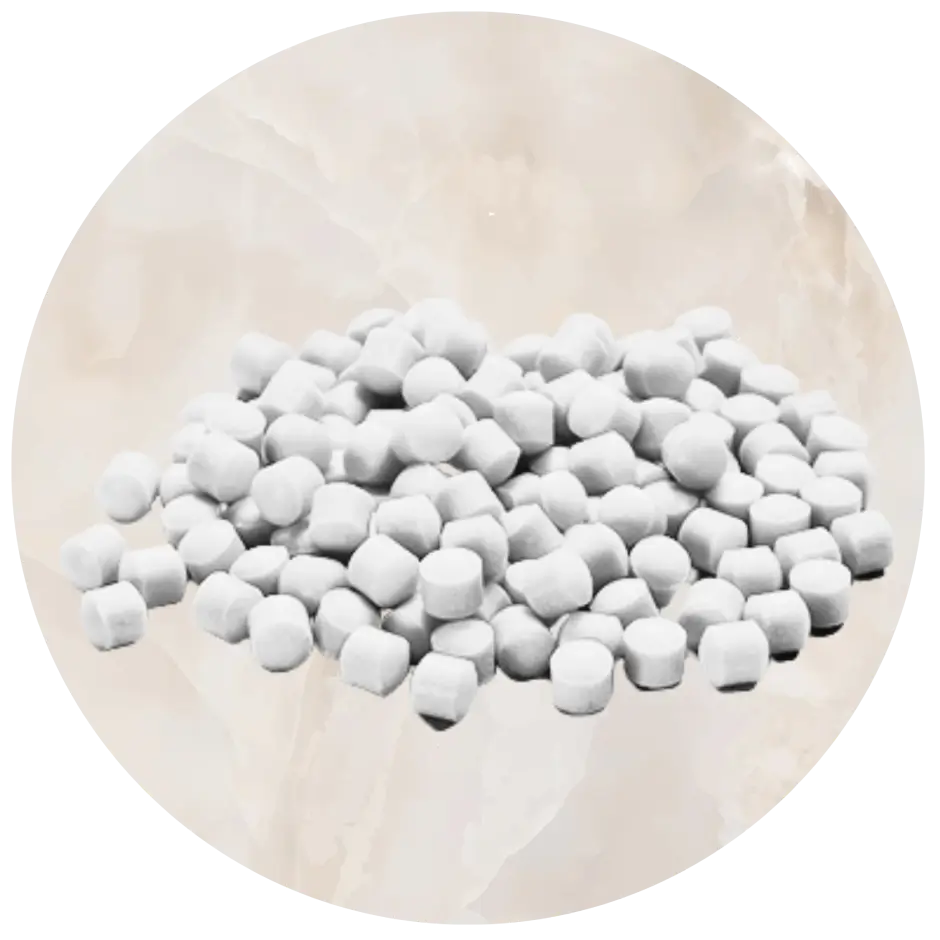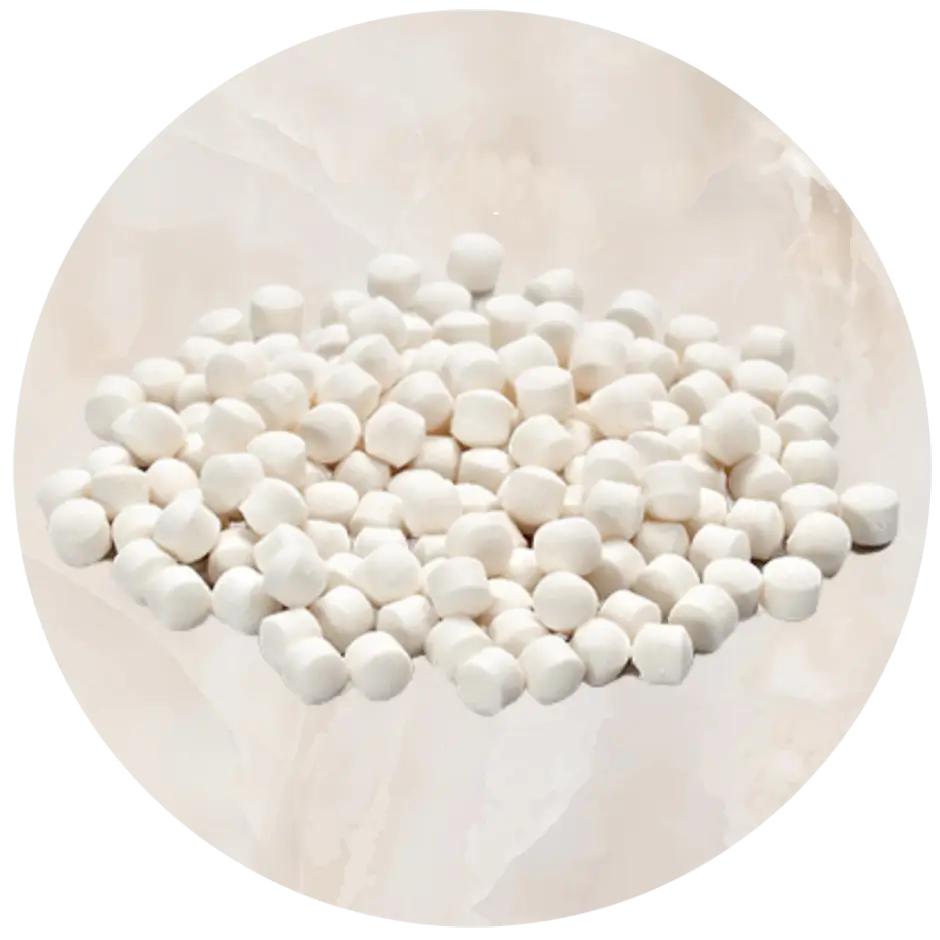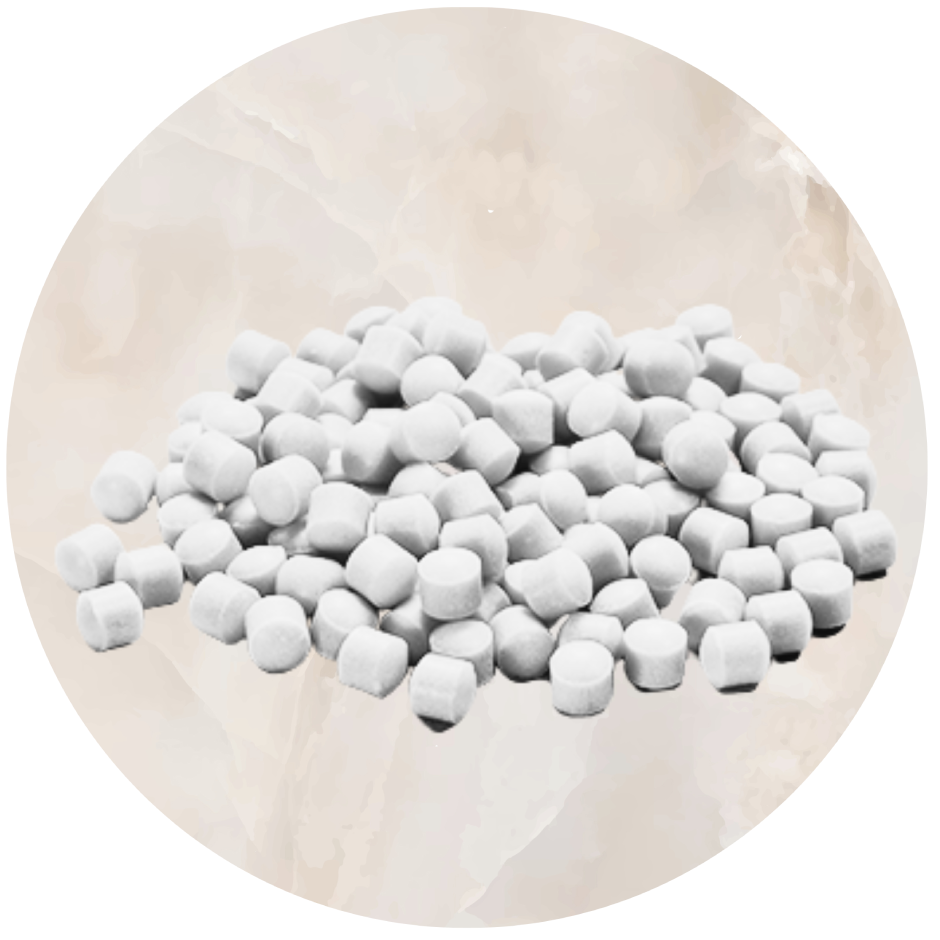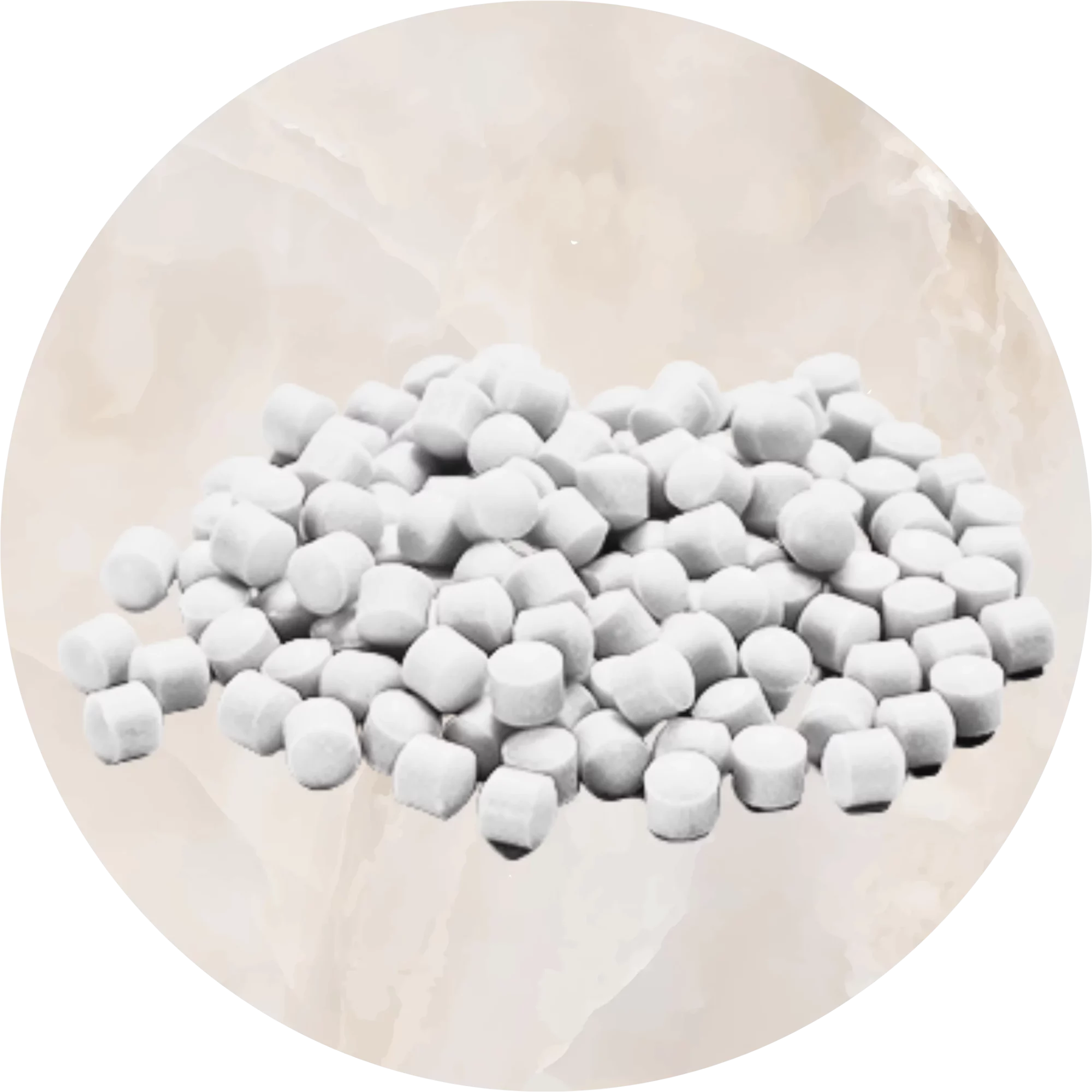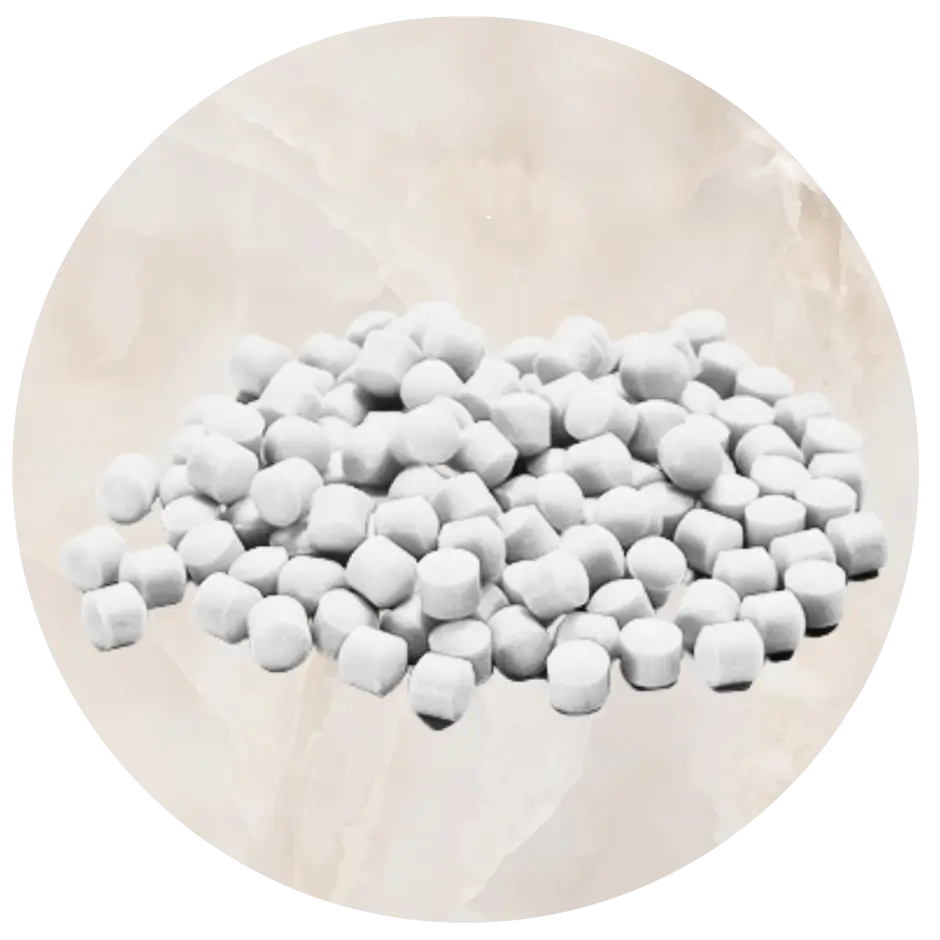
Sync Your workout to your cycle
- < 1 min read
Maintaining a consistent workout routine is key to achieving fitness goals, but have you ever considered how your menstrual cycle might impact your exercise performance? Our bodies go through significant hormonal fluctuations during the menstrual cycle, which can affect energy levels, strength, and overall well-being. By understanding these changes and tailoring your workouts accordingly, you can make the most of each phase of your cycle and achieve optimal fitness results. Let’s dive into how to sync your workout to your menstrual cycle.

Summary

Phase 1: Menstrual Phase (Days 1-5)
Focus on gentle activities like yoga and walking to ease discomfort and promote relaxation during this phase of low hormone levels.

Phase 2: Follicular Phase (Days 6-14)
Capitalize on rising estrogen levels by engaging in strength training and cardio exercises to boost energy and endurance.

Phase 3: Ovulation (Day 14)
Take advantage of peak energy levels and coordination for high-intensity workouts and challenging exercises.

Phase 4: Luteal Phase (Days 15-28)
Incorporate moderate cardio and mind-body activities like Pilates to manage stress and mood fluctuations, promoting a balanced fitness routine.
Phase 1: Menstrual Phase (Days 1-5)
During the menstrual phase, hormone levels, particularly estrogen and progesterone, are at their lowest. Many women experience fatigue, discomfort, and even mood swings during this time. It’s important to listen to your body and engage in lighter forms of exercise, such as yoga, stretching, or walking. These activities can help alleviate cramps and promote relaxation.
Workout Tips:
- Gentle Yoga: Practicing gentle yoga poses can help ease menstrual discomfort and improve blood circulation.
- Light Cardio: Engage in light cardio activities like brisk walking or easy cycling to boost mood and energy levels.
- Focus on Flexibility: Stretching can help relieve tension and prevent stiffness.
"During the menstrual phase, it's advisable to engage in gentle exercises like yoga and walking. These activities can help alleviate cramps and improve blood circulation, providing a sense of relief and relaxation."
Phase 2: Follicular Phase (Days 6-14)
As you move into the follicular phase, estrogen levels start to rise, leading to an increase in energy and improved mood. This is a great time to focus on building strength and endurance through moderate-intensity workouts.
Workout Tips:
- Strength Training: Engage in strength workouts to build muscle and enhance metabolism.
- Cardiovascular Exercises: Opt for cardio activities like running, swimming, or dancing to take advantage of increased energy levels.
- Try New Workouts: Experiment with new exercises or classes you’ve been curious about.



Phase 3: Ovulation (Day 14)
Ovulation is the peak of your cycle, characterized by the release of an egg from the ovary. Estrogen levels are at their highest, resulting in heightened energy levels, improved coordination, and increased endurance.
Workout Tips:
- High-Intensity Interval Training (HIIT): Take advantage of the surge in energy by incorporating HIIT workouts for maximum calorie burn.
- Challenge Yourself: Push your limits during this phase with intense workouts that involve bursts of effort.
As estrogen levels peak during ovulation, women often experience heightened energy and coordination. This phase is well-suited for high-intensity interval training (HIIT) and challenging workouts that capitalize on the surge in physical capabilities."
Phase 4: Luteal Phase (Days 15-28)
During the luteal phase, both estrogen and progesterone levels are high, which can lead to fluctuations in mood and energy. Many women experience premenstrual symptoms like bloating and irritability. It’s important to choose workouts that provide a balance between intensity and relaxation.
Workout Tips:
- Moderate Cardio: Engage in moderate-intensity cardio to manage stress and maintain energy levels.
- Pilates: Focus on core strength and stability with Pilates, which can be gentler on the body during this phase.
- Mind-Body Activities: Incorporate activities like meditation and deep breathing to reduce stress and improve mood.
Adjustments for Individual Variability:
It’s important to note that everyone’s menstrual cycle is unique, and not all women experience the same symptoms or energy fluctuations. Keeping a journal to track your cycle and how you feel during each phase can help you identify patterns and adjust your workout routine accordingly.
Final Thoughts:
Navigating the ebb and flow of our menstrual cycle while struggling with hormonal imbalances can be challenging, but it’s important to remember that you’re not alone in this journey. By understanding the four stages of your cycle and implementing self-care strategies tailored to each phase, you can regain a sense of control over your body and emotions. Should your hormonal imbalances become overwhelming, seeking guidance from a medical professional specializing in women’s health is a crucial step towards finding balance and well-being. Embrace your uniqueness, honor your body, and empower yourself to ride the waves with grace and resilience.
Did you know?
Achieving optimal fitness and well-being involves more than just exercise – it requires a holistic approach that considers nutrition, supplementation, and the unique changes your body experiences throughout your menstrual cycle.
While supplements can provide support, it’s essential to recognize that each woman’s needs are distinct.
Menstrual Phase (Days 1-5):
During your period, discomfort and mood changes can be challenging. Supplements like magnesium and omega-3 fatty acids have shown promise in providing relief.
Follicular Phase (Days 6-14):
As your energy levels rise, supplements supporting endurance, like B-vitamins and iron, might be beneficial.
Ovulation (Day 14):
The peak of your cycle demands recovery support. Considering supplements rich in vitamins like B6, D, and E can aid in energy maintenance and overall well-being
Ovulation (Day 14):
Managing mood and stress is vital. Vitamin B6 and calming herbal teas are very helpful
Why Personalisation Matters:
Every woman is distinct, and your supplement needs are unique. Our quiz considers your individual health, symptoms, and lifestyle to create a supplement blend that aligns with your cycle and fitness goals.





